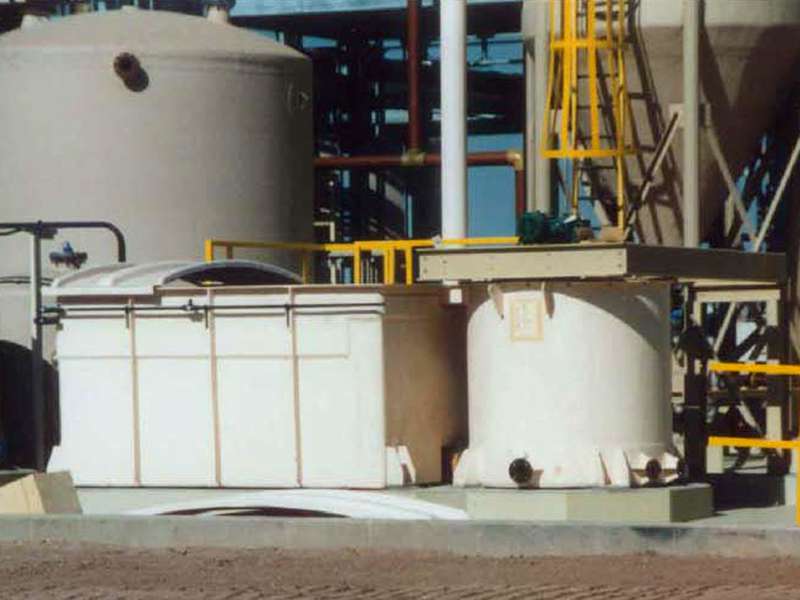
-
 Afrikaans
Afrikaans -
 Albanian
Albanian -
 Amharic
Amharic -
 Arabic
Arabic -
 Armenian
Armenian -
 Azerbaijani
Azerbaijani -
 Basque
Basque -
 Belarusian
Belarusian -
 Bengali
Bengali -
 Bosnian
Bosnian -
 Bulgarian
Bulgarian -
 Catalan
Catalan -
 Cebuano
Cebuano -
 China
China -
 China (Taiwan)
China (Taiwan) -
 Corsican
Corsican -
 Croatian
Croatian -
 Czech
Czech -
 Danish
Danish -
 Dutch
Dutch -
 English
English -
 Esperanto
Esperanto -
 Estonian
Estonian -
 Finnish
Finnish -
 French
French -
 Frisian
Frisian -
 Galician
Galician -
 Georgian
Georgian -
 German
German -
 Greek
Greek -
 Gujarati
Gujarati -
 Haitian Creole
Haitian Creole -
 hausa
hausa -
 hawaiian
hawaiian -
 Hebrew
Hebrew -
 Hindi
Hindi -
 Miao
Miao -
 Hungarian
Hungarian -
 Icelandic
Icelandic -
 igbo
igbo -
 Indonesian
Indonesian -
 irish
irish -
 Italian
Italian -
 Japanese
Japanese -
 Javanese
Javanese -
 Kannada
Kannada -
 kazakh
kazakh -
 Khmer
Khmer -
 Rwandese
Rwandese -
 Korean
Korean -
 Kurdish
Kurdish -
 Kyrgyz
Kyrgyz -
 Lao
Lao -
 Latin
Latin -
 Latvian
Latvian -
 Lithuanian
Lithuanian -
 Luxembourgish
Luxembourgish -
 Macedonian
Macedonian -
 Malgashi
Malgashi -
 Malay
Malay -
 Malayalam
Malayalam -
 Maltese
Maltese -
 Maori
Maori -
 Marathi
Marathi -
 Mongolian
Mongolian -
 Myanmar
Myanmar -
 Nepali
Nepali -
 Norwegian
Norwegian -
 Norwegian
Norwegian -
 Occitan
Occitan -
 Pashto
Pashto -
 Persian
Persian -
 Polish
Polish -
 Portuguese
Portuguese -
 Punjabi
Punjabi -
 Romanian
Romanian -
 Russian
Russian -
 Samoan
Samoan -
 Scottish Gaelic
Scottish Gaelic -
 Serbian
Serbian -
 Sesotho
Sesotho -
 Shona
Shona -
 Sindhi
Sindhi -
 Sinhala
Sinhala -
 Slovak
Slovak -
 Slovenian
Slovenian -
 Somali
Somali -
 Spanish
Spanish -
 Sundanese
Sundanese -
 Swahili
Swahili -
 Swedish
Swedish -
 Tagalog
Tagalog -
 Tajik
Tajik -
 Tamil
Tamil -
 Tatar
Tatar -
 Telugu
Telugu -
 Thai
Thai -
 Turkish
Turkish -
 Turkmen
Turkmen -
 Ukrainian
Ukrainian -
 Urdu
Urdu -
 Uighur
Uighur -
 Uzbek
Uzbek -
 Vietnamese
Vietnamese -
 Welsh
Welsh -
 Bantu
Bantu -
 Yiddish
Yiddish -
 Yoruba
Yoruba -
 Zulu
Zulu
Efficient Solutions for Separating Liquids and Vapors in Industrial Processes
Understanding GRP Demisters A Key Component in Industrial Processes
In various industrial applications, maintaining air quality and controlling particulate emissions are of utmost importance. One effective solution to this challenge is the use of GRP (Glass Reinforced Plastic) demisters. These devices play a crucial role in separating water droplets from gas or vapor streams, ensuring that the air released into the environment is clean and compliant with regulatory standards.
Understanding GRP Demisters A Key Component in Industrial Processes
The design of a GRP demister typically includes a series of closely packed parallel plates or knitted media that work to capture and coalesce water droplets. As the gas stream passes through these media, the droplets collide and merge, forming larger droplets that are subsequently removed by gravity. This coalescing process is essential for ensuring that the gas leaving the demister is as dry as possible, reducing moisture-related issues downstream.
grp demister

One of the significant advantages of GRP demisters is their lightweight nature, which simplifies installation and maintenance. Their resistance to chemicals and fatigue also enhances their longevity, reducing the need for frequent replacements and lowering operational costs. Furthermore, the smooth surface of GRP materials helps minimize pressure drops, optimizing the overall efficiency of gas handling systems.
Moreover, GRP demisters can be customized to meet specific application requirements, including variations in size, shape, and filtration efficiency. This adaptability allows engineers to integrate these devices seamlessly into existing systems without extensive modifications.
In summary, GRP demisters are an essential component in various industries, contributing to cleaner air emissions and improved operational efficiency. As industries strive to meet increasingly stringent environmental regulations, the role of effective gas and liquid separation solutions will continue to grow. By investing in GRP demisters, companies not only enhance their compliance with environmental standards but also promote a more sustainable future.









